It was a trip back to our old stamping grounds of Upper Hutt today. The skies were a brilliant blue, the weather was fine and sunny, and the temperatures were lovely and warm. We drove past a line of oak trees showing off their glorious autumn colours. Winter is not that far away, so we really enjoyed the lovely warm conditions today.
We joined our SLG friends today at the Te Marua Water Treatment Plant. Calvin had arranged for our group to have a conducted tour of the facility and Phil, one of the six staff members, welcomed us all.
We sat and watched a film showing the history and evolution of the water supply from the earliest years of Wellington’s settlement. The ever growing population over the years put a strain on the early small reservoirs and dams.
The water treatment plant, pumping station and storage lakes at Te Marua were built between 1980 and 1987 to treat water taken from the Hutt River at Kaitoke. The plant has a design capacity of 140 million litres daily, but treats around 60 million litres per day on average. Technical terms such as coagulation, flocculation, separation, filtration and disinfection were bandied around, as our senior brains tried to take it all in. Phil demonstrated coagulation (mixing a positively charged chemical into the water, which attracts the contaminants and dirt) and flocculation (water is gently mixed with large paddles and clumps form and settle), and we watched as the water cleared just like magic in the container and the sediment settled after drops of chemicals were added.
Various filters clean the water of impurities. Phil started up the backwash on a tank of very muddy looking water - a separate air and high rate water scour function and we watched as the water appeared to boil furiously before falling over the edge and sucked out of the filter.
.
The contaminates, such as viruses giardia, and cryptosporidium are removed from the water and concentrated in the sludge waste. This nasty looking stuff travels down a conveyor belt and lands “plop” in large waste bins. Phil dug a shovel in the bin to show us what the sludge looked like. Don’t touch it Phil, you don’t know what sort of nasty microbes are lurking in there!
Water is piped from this treatment plant to Wellington city, Hutt Valley, and Porirua each day. The Te Marua plant has earned a “A Grade” rating for water quality, so they can be very proud of that achievement. Robin and I were shocked to learn that the water quality of our new home town of Levin is a very low “E Grade”! But things will change, Phil assured us, a water consultant is working with our local council to put plans in place to improve our water quality. Thank goodness for that.
It was a very interesting tour learning all about water – then it was off to lunch to the local restaurant “Porterhouse Blues”. We were all more than ready for our lunch, and there was a comprehensive reasonably priced lunch menu to chose from. I certainly enjoyed my Seafood Chowder and garlic bread, while Robin made short work of his beer battered fish and chips. With a nice hot coffee to follow, we were well satisfied.
Our outing finished with a trip to the Upper Hutt Forest and Bird plant nursery. Calvin spends time here each week with other volunteers and related how seeds and seedlings of native plants and grasses are collected locally, potted up, grown on, then the plants place outside to harden. They are then planted in reserves and on the edge of waterways, particular areas which the Forest and Bird Society have taken under their care. Calvin is a keen home gardener and this sideline is a labour of love for him to help improve the environment.
Then it was time to say goodbye to our SLG friends, and start the long drive back to Levin. It had been a very interesting day indeed. We all take turns organising these monthly get-togethers and next month (June) is my turn. I thought I had it all sussed out, but it now seems my first choice of where to take the group has closed down and stopped operating. Bother! I'll have to come up with a Plan B now, I suppose.
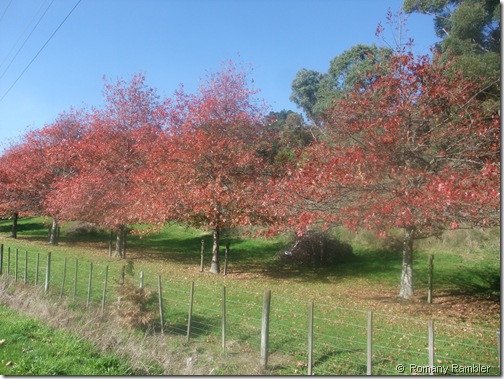
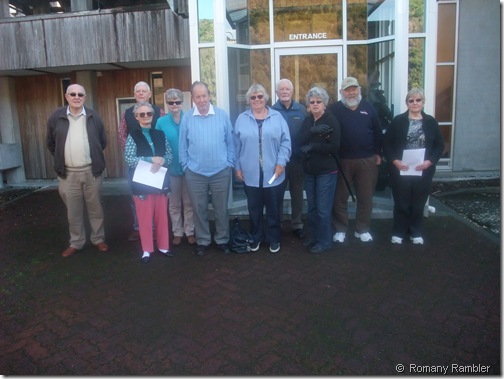
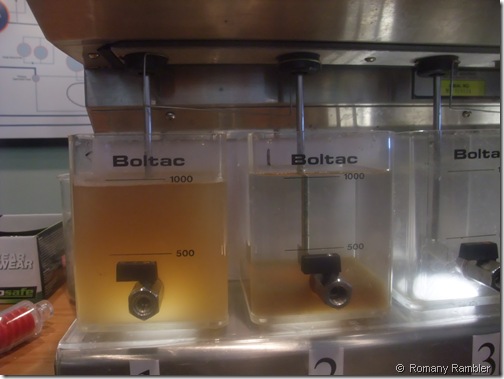
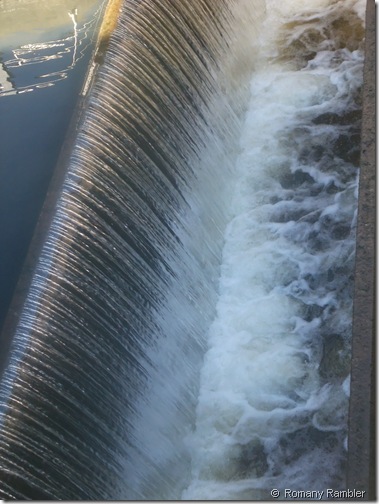

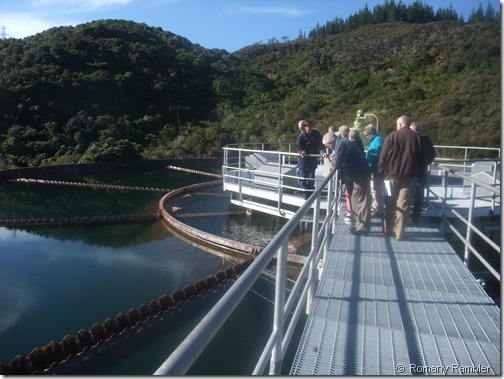
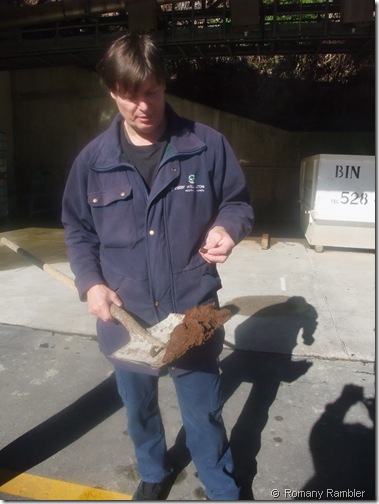
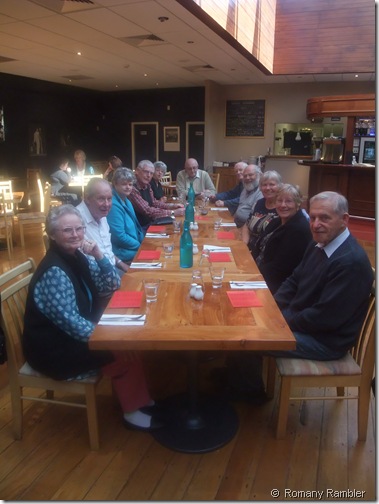
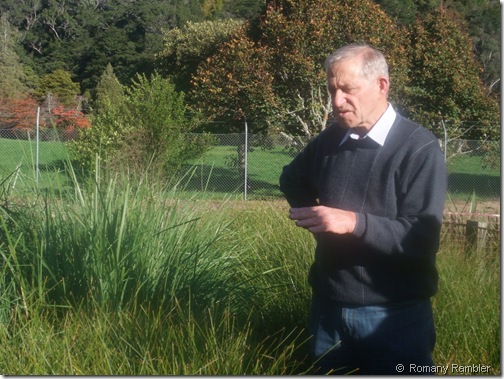
No comments:
Post a Comment